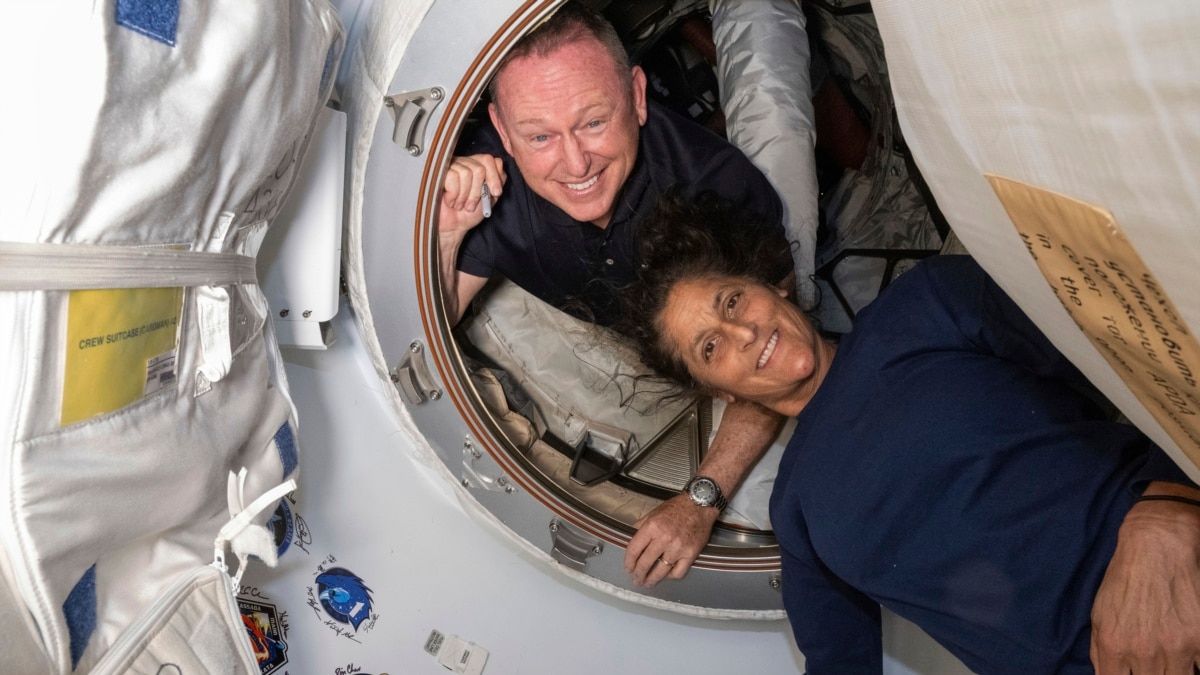American Astronauts Extend Stay on International Space Station Amid Test Flight Issues

Washington D.C., USA - Two American astronauts, Butch Wilmore and Suni Williams, are set to remain at the International Space Station (ISS) until late March or early April despite originally planning to return just six months ago.
Wilmore and Williams were initially expected to spend a mere week on the orbiting laboratory but their trip became a test flight for Boeing's Starliner spacecraft. Unfortunately, the spacecraft encountered several problems that led NASA to send it back to Earth for further testing without the astronauts onboard.
The pair will now return on a SpaceX Crew Dragon spacecraft in late March at the earliest, with Williams having already spent over eight months on the ISS as part of this extended mission.
During their stay, Wilmore and Williams have been busy carrying out a series of scientific experiments. In addition to conducting research, Williams even stepped out of the space station earlier this month to complete a spacewalk with fellow NASA astronaut Nick Hague.
The two astronauts repaired equipment that guides the movements of the ISS, performed maintenance work on an X-ray telescope, and used a new radio antenna structure. They also participated in experiments exploring unique methods for growing food, robotic assistance, and capturing images from space.
Wilmore and Williams have tested different methods for growing crops in space, including using hydroponics to provide hydration to plants. Another experiment involves installing a device inside the ISS to measure available light, which will aid crew members in improving their cultivation operations.
Throughout the current mission, Williams deployed and observed three free-flying robots called Astrobee. The robotic experiment examines how such robots can assist astronauts with everyday tasks and maintenance work in microgravity environments.
The pair have also captured hundreds of photographs of Earth from space as part of a traditional NASA activity. Additionally, they have conducted virtual visits with students from around the world using ham radio technology.
"We're providing a 'window to the world' for our nation's youth to observe the stunning beauty of our planet," a NASA spokesperson said.
